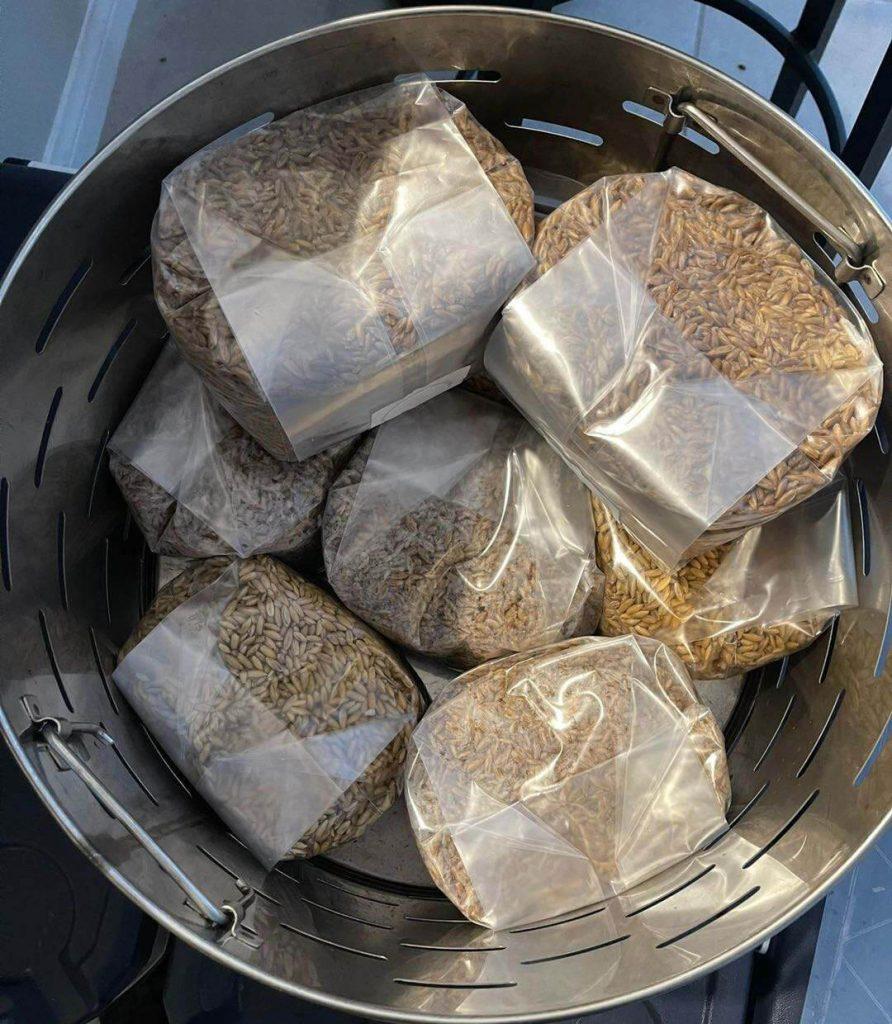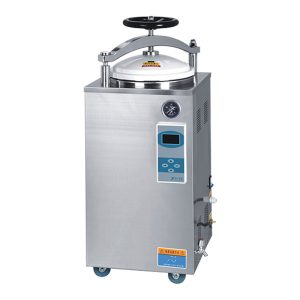best autoclave for mushroom cultivation

What is a autoclave
An autoclave is a device that uses steam under high pressure and temperature to sterilize various items. Autoclaves are commonly used in industries such as healthcare, laboratory research, and food and beverage processing to ensure that items are sterile or free from harmful microorganisms.
Autoclaves work by placing items in a sealed chamber and then introducing steam under pressure. The heat and pressure inside the chamber effectively kill microorganisms, including bacteria and viruses, that may be present on the items being sterilized.
Autoclaves come in various sizes and designs, ranging from small tabletop units used in medical clinics to large industrial-scale units used in food processing and manufacturing. They are commonly used to sterilize medical equipment, laboratory instruments, surgical instruments, and other items that require high-level sterilization.
Autoclaves are considered to be a reliable and effective method of sterilization, and they are widely used in a variety of industries to ensure the safety and quality of products and equipment.
Why is an autoclave used in mushroom culture
Autoclaves are commonly used in mushroom cultivation to sterilize substrates, which are the materials used to provide nutrients for mushroom growth. Mushroom cultivation requires a sterile environment to prevent contamination by unwanted microorganisms that could compete with the mushrooms for nutrients or cause diseases.
Mushroom substrates are typically made of organic materials such as sawdust, straw, or compost, which are susceptible to contamination by bacteria, fungi, and other microorganisms. Autoclaving the substrates is an effective way to sterilize them by exposing them to high-pressure steam for a certain period of time. This kills any unwanted microorganisms and ensures a sterile environment for mushroom growth.
In addition to sterilizing substrates, autoclaves are also used to sterilize other materials used in mushroom cultivation, such as tools, containers, and agar media used for spore inoculation and culture. This helps to prevent contamination during the cultivation process and ensures high-quality mushroom production.
Overall, the use of autoclaves is essential in mushroom cultivation to ensure a sterile and controlled environment that allows for healthy mushroom growth and production.


Using an autoclave for mushroom cultivation offers the following benefits
1.Elimination of harmful microorganisms:
The autoclave effectively kills most bacteria, viruses, and fungi by subjecting them to high temperature and pressure, ensuring the sterility of the culture media and substrates.
2.Prevention of contamination:
The autoclave helps prevent contamination of culture media and substrates during preparation and use, safeguarding the mushrooms from the adverse effects of bacterial, viral, or fungal contamination.
3.Increased yield:
By effectively eliminating harmful microorganisms, the autoclave contributes to increased mushroom yields.
4.Enhanced cultivation efficiency:
The use of an autoclave improves the sterility of culture media and substrates, leading to enhanced cultivation efficiency and reduced repetition of work and time wastage.
How do you autoclave mushroom substrate
- Prepare the mushroom substrate by mixing organic materials like sawdust or straw.
- Fill autoclave-safe bags with the substrate mixture and seal them.
- Load the bags into the autoclave, allowing space for steam circulation.
- Add distilled or sterilized water to the autoclave chamber.
- Set the autoclave parameters (e.g., temperature, pressure, sterilization time).
- Start the autoclave cycle and let it sterilize the substrate.
- Allow the autoclave to cool down before opening the chamber.
- Inoculate the sterilized substrate with mushroom spores or mycelium.
- Follow specific cultivation guidelines for incubation and further mushroom growth.

How long to sterilize grain in autoclave
The sterilization time for grain in an autoclave can vary depending on factors such as the type of grain, moisture content, autoclave settings, and the specific sterilization protocol being followed. However, a commonly recommended sterilization time for grain in an autoclave is around 60-90 minutes at a temperature of approximately 121°C (250°F) and a pressure of 15 psi.
It’s important to note that this is a general guideline, and it’s recommended to consult specific mushroom cultivation references or protocols for precise instructions. Different mushroom species and strains may have specific requirements for grain sterilization, so it’s important to follow the recommended sterilization parameters and protocols for your specific cultivation needs. Additionally, the autoclave manufacturer’s instructions and guidelines should also be followed to ensure proper and safe operation during the sterilization process.
There are several effective sterilization methods commonly used in mushroom cultivation
The best method depends on the specific needs and resources of the cultivator. Here are three commonly utilized sterilization methods: 1.Pressure/Steam Sterilization:This method involves using
How do you autoclave mushroom substrate?
Prepare the substrate: The mushroom substrate typically consists of organic materials such as sawdust, straw, or compost. Mix the substrate ingredients according to the desired
Mushroom Autoclave
Autoclaves are an essential tool in many industries, from healthcare to laboratory research to food and beverage processing. One particular industry where autoclaves are especially




